UX/UI
2023
Case
Purrweb
Kem
Mobile payment platform in Kuwait
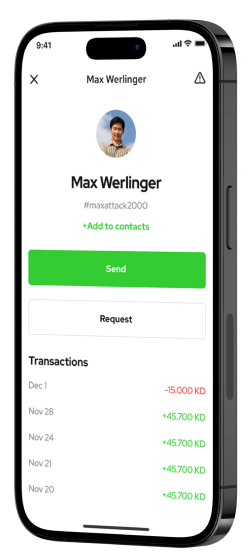
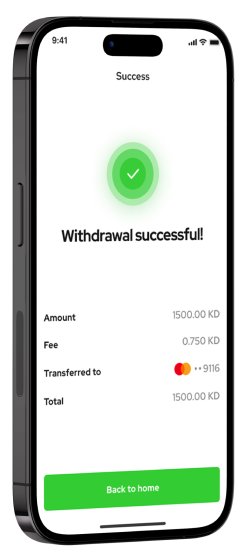
About the project
KEM is an application for exchanging money. The user can send money or request it from a friend
Clients needed an MVP that they could use to present to banks and attract investments.
In Kuwait, not all people have access to online banking services and this is a major problem.
KEM solves this by providing a convenient, fast and secure P2P payment service.
Functionality
How to use?
1
2
3
4
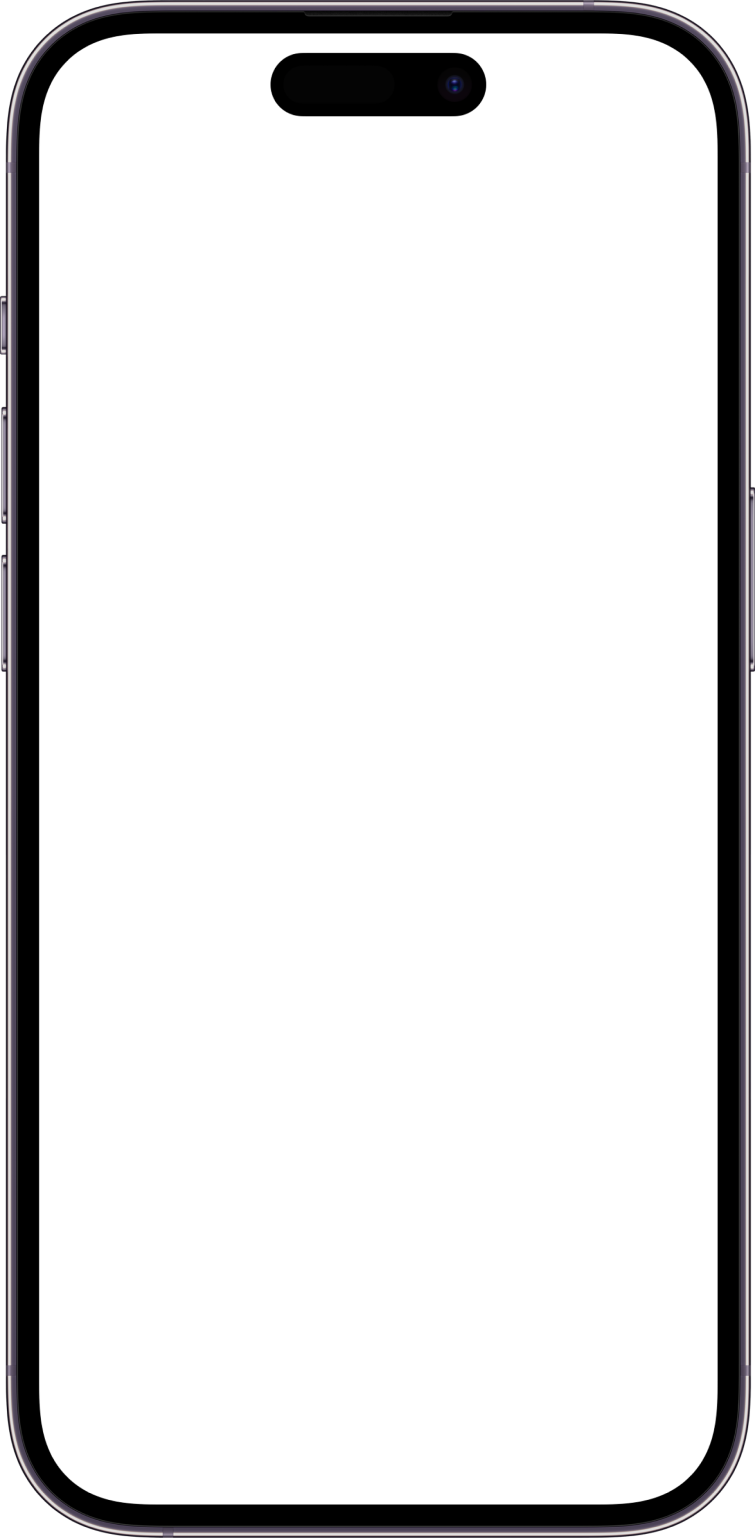
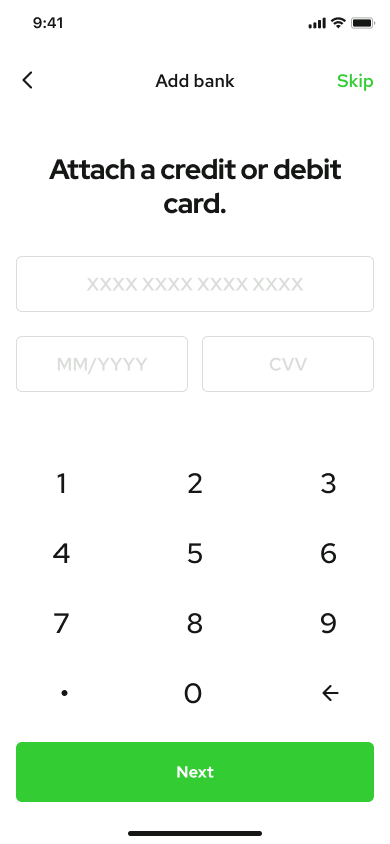
Features
Kem resembles a social network

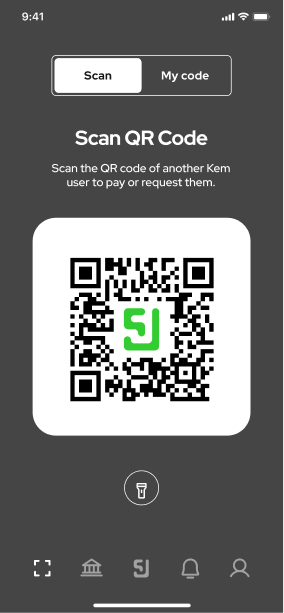
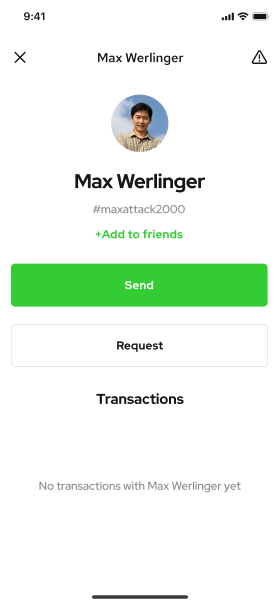
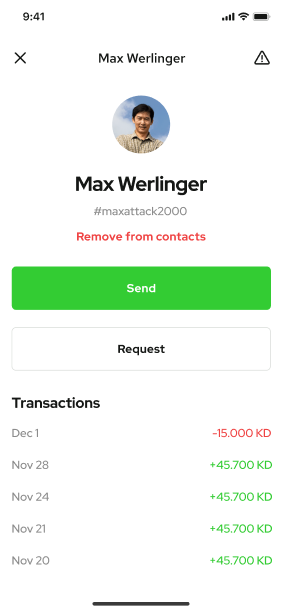
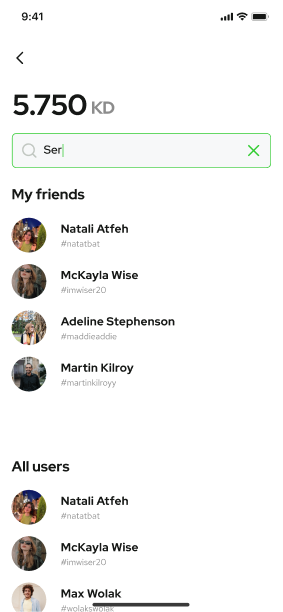
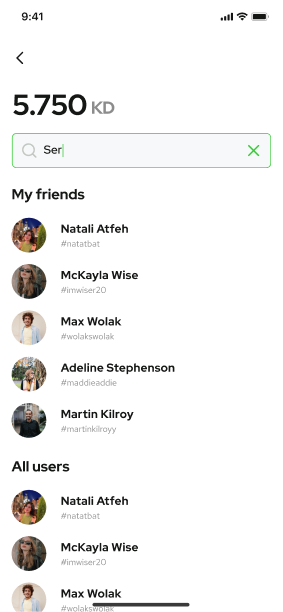




Clear and friendly interface
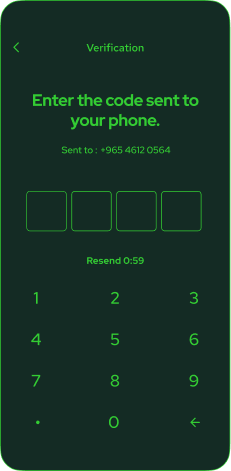
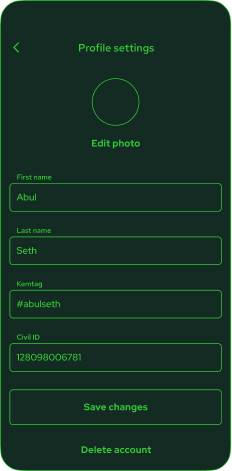
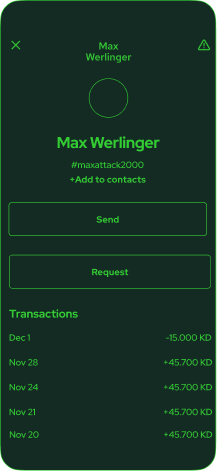
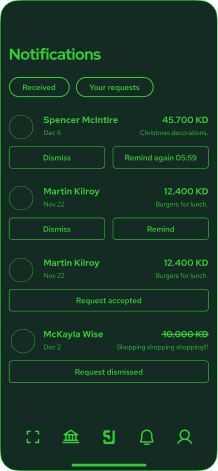
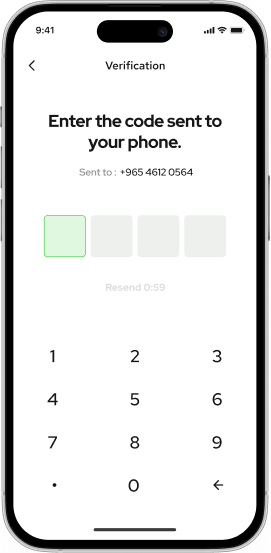
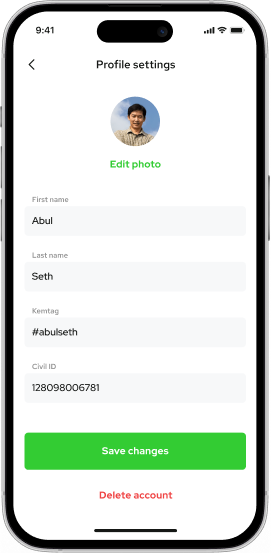

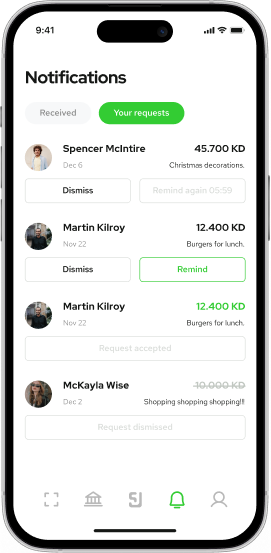
Interface
PIN login
a profile
a transaction history
a request list
So that the registered users don't have to enter a phone number every time they sign in.
Now users can fill out the information about themselves, see their contact list, customize notifications, and contact support
Allowing users to view the entire history of their transactions
This will let users keep track of their requests and send reminders to their friends

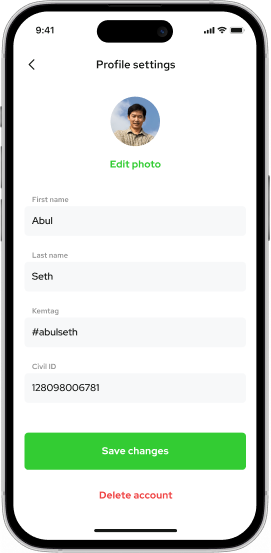
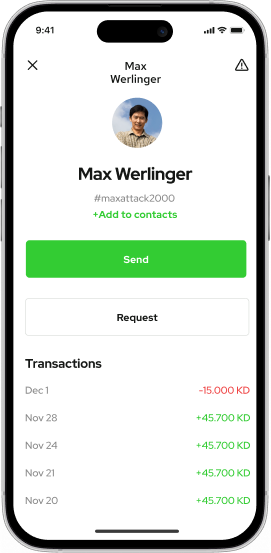
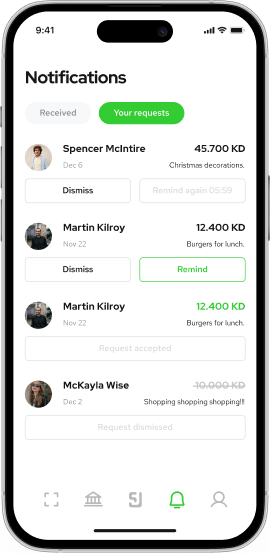
Color
Palette of Kem
At the heart of the KEM color palette is a bright combination of green and purple.
#151715
#8C8C8C
#C1C7C1
#DADDDA
#EEF0EE
#E0F7E0
#29A329
#33CC33
#5A1D6A
#AF42CC
#DBAAE8
#E7C6F0
#EF4444
#5D5FEF
#FFE297
Icons
Things that can go wrong when you're working with banks
To make money transactions, the app must have access to the banking systems via API
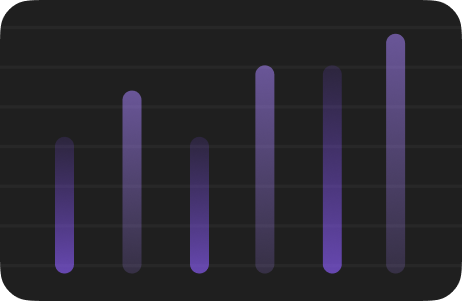
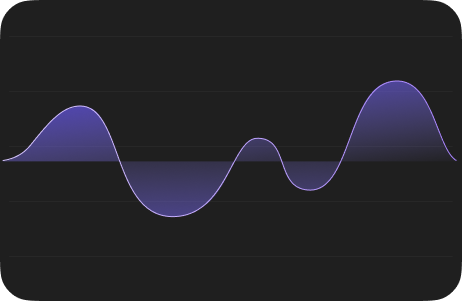
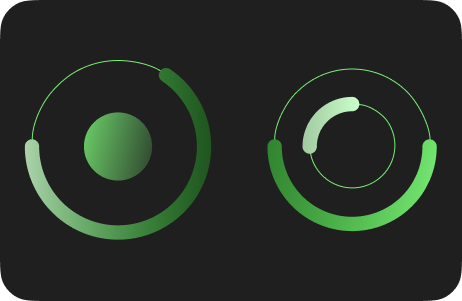
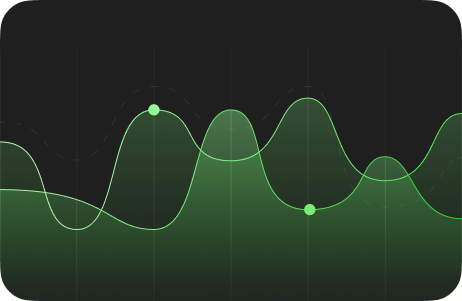
You need to have a permission to use it
Banks have a closed API, because you can access the financial data of customers through it
Development
Backend that works without real data
For MVP, we wrote logic with imaginary data to demonstrate the application to banks
You can imagine how the application will work with real data
The clients showed the MVP to the banks
We met the deadline, and customers went to show the MVP to banks to get access to the API with real data.
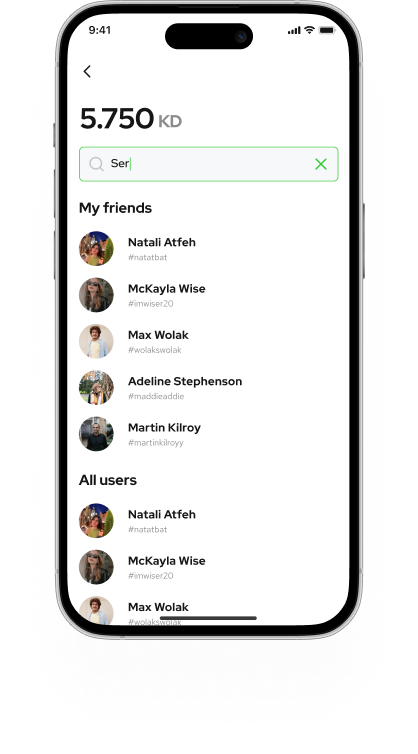
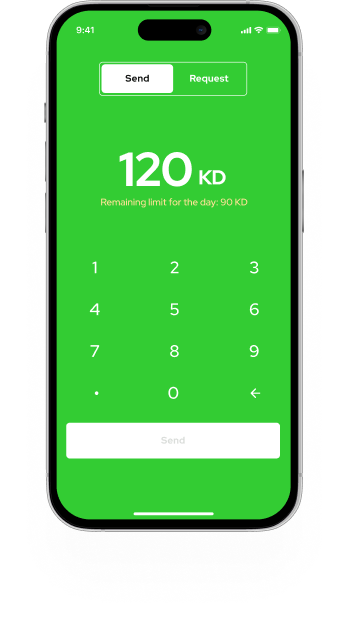
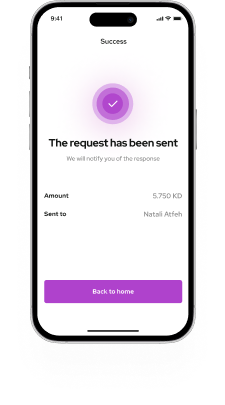

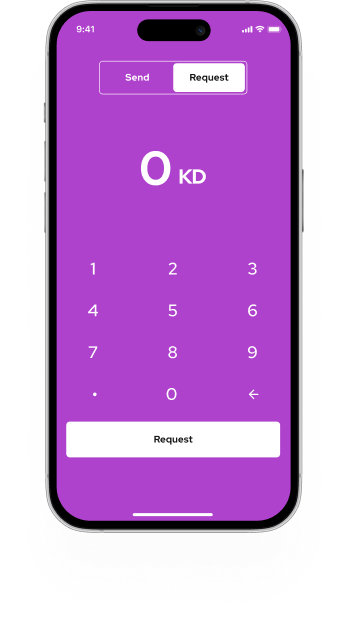
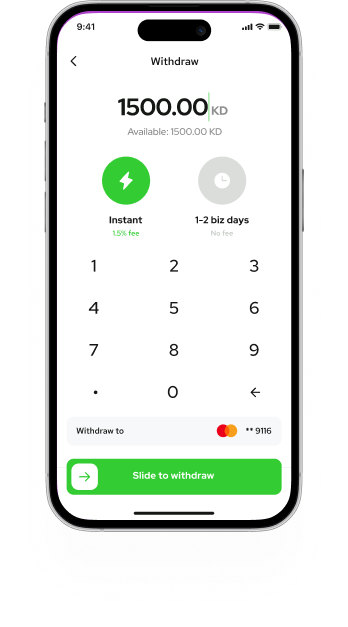
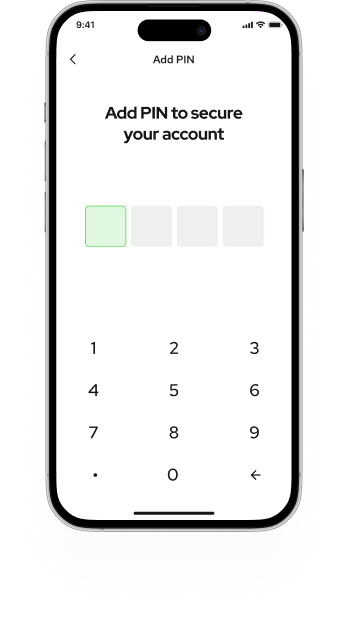







Development
They've managed to get the API access
But with one condition — the entire technical team must be located in Kuwait. For security reasons, Kuwaiti banks do not allow developers from outside to work with the API. That's why KEM started to assemble an inhouse team.

Handed the project over to the inhouse team
We got on the call with the customers, handed over the code and all the accesses. For a month we were in touch, answered CTO's questions and extended test builds.
This was necessary, so that the customer could continue to show the product to the investors. In the meantime, KEM's CTO was familiarizing himself with the code, architecture, and hiring a team. In the process, we answered his questions and helped him immerse himself into the context faster.
What's going on with the project now
Since the handover of the project, the in-house team wrote a back-end with real APIs and rebranded it. And as a result — KEM entered the market.
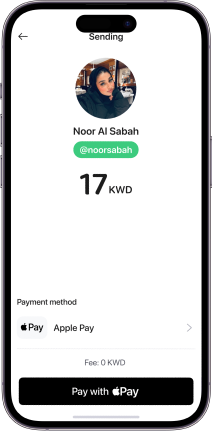
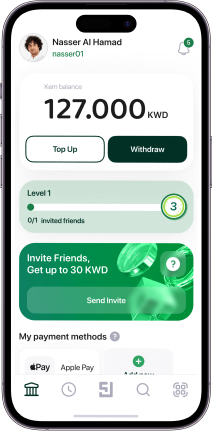
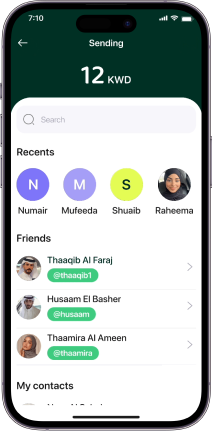

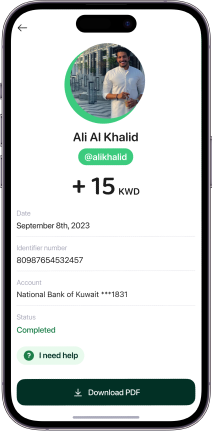
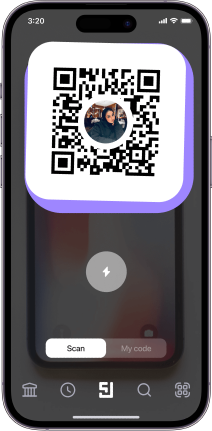








KEM raised $1 million in the seed funding round
Kuwait Investment Fund and other international companies invested in the development of KEM. This was possible thanks to the MVP, which demonstrated the full potential of the app.
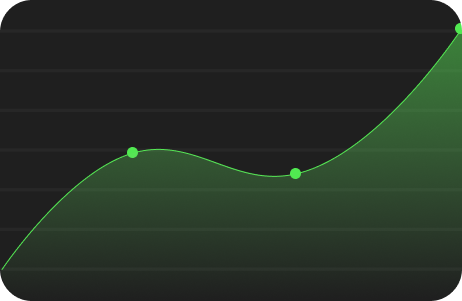
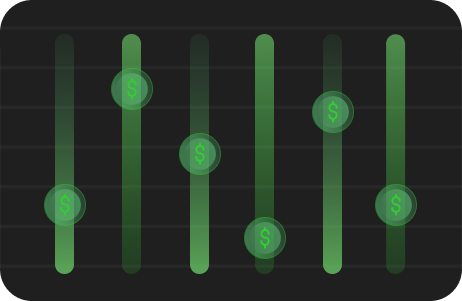
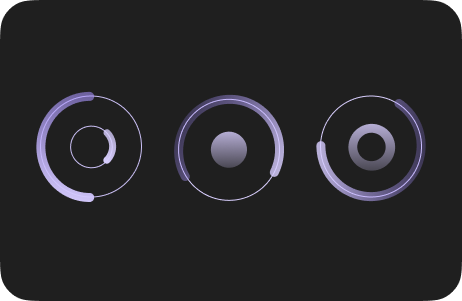
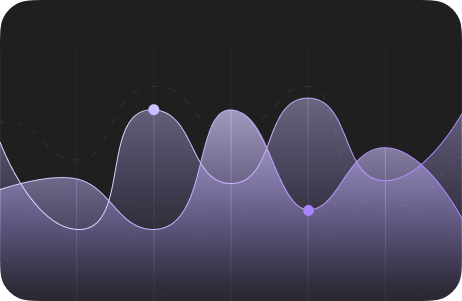
Investors are confident that the project is a game-changer for the fintech services market in the entire Gulf region.
The app has quickly become popular

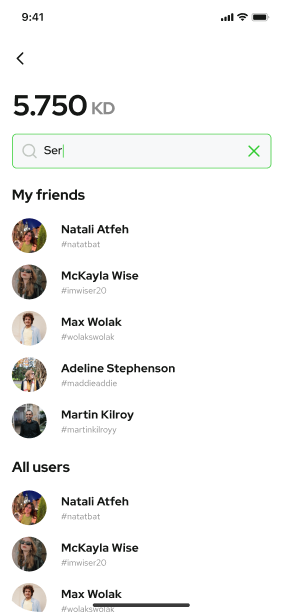




Would you like to schedule an online meeting?
Sorry, something went wrong with your request.
Please, try again later.


